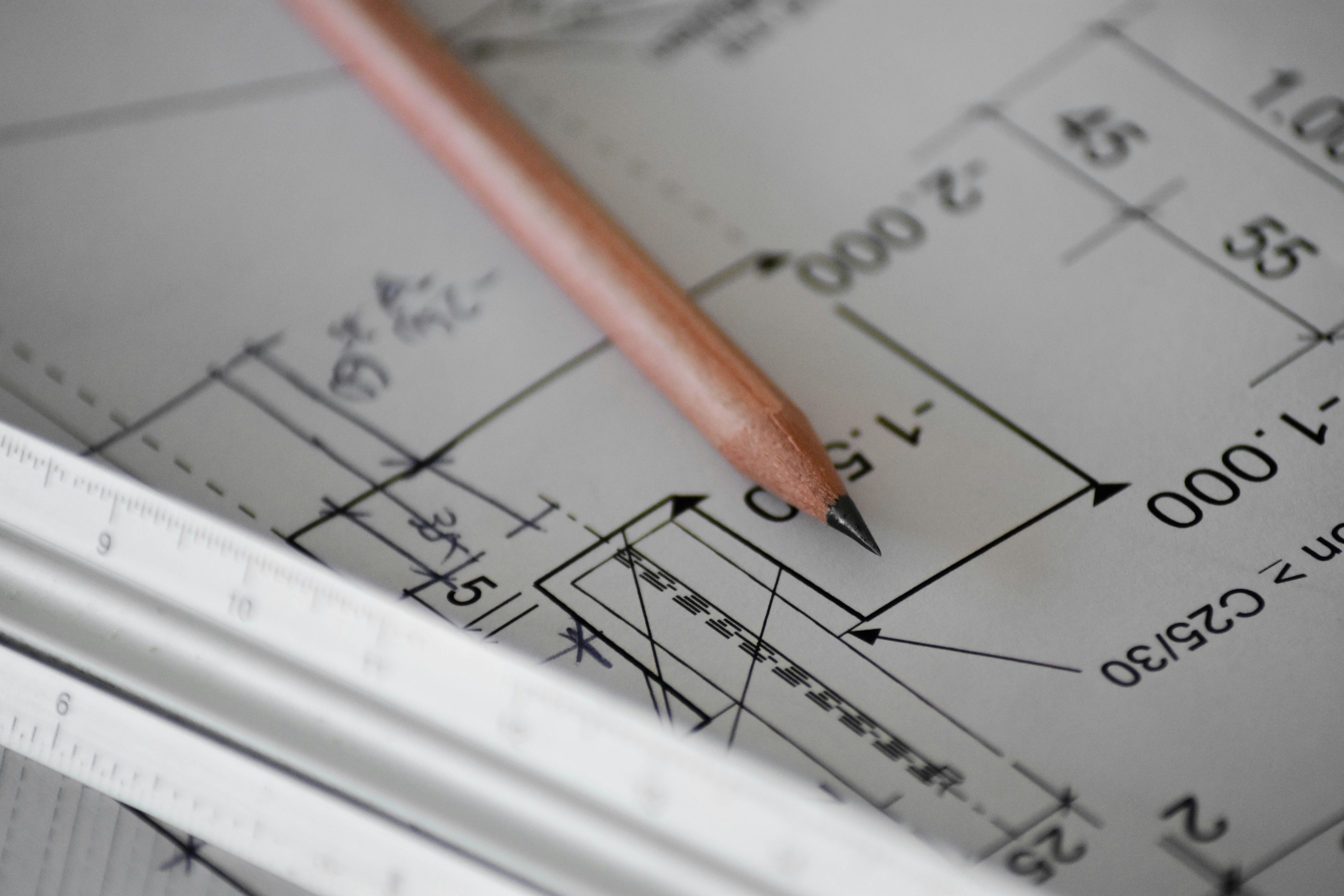How Revive Residentials approaches your projects.
Remodeling a home is a complex but rewarding process that requires careful planning, budgeting, and execution. Whether you’re updating a single room or undertaking a full-home renovation, understanding the key steps and roles involved will help ensure a smooth and successful remodel. Here’s a comprehensive guide to the home remodeling process from start to finish.
Step 1: Define Your Goals and Budget
Before starting any renovation, it’s crucial to establish your objectives and financial limits.
Key Considerations:
- Identify which areas of the home need remodeling and why.
- Determine must-haves versus nice-to-haves.
- Research costs for materials, labor, and permits.
- Set a realistic budget with a contingency (typically 10-20% for unforeseen expenses).
Step 2: Assemble Your Remodeling Team
Depending on the scope of your remodel, you may need to hire various professionals. Key roles include:
Architect:
- Designs the structural changes and ensures compliance with building codes.
- Creates blueprints and assists with permits.
Interior Designer:
- Helps with aesthetics, layout, and material selection.
- Ensures the remodel aligns with your vision and functional needs.
General Contractor:
- Manages the construction process, hires subcontractors, and ensures timely completion.
- Oversees building permits, inspections, and compliance with safety regulations.
Subcontractors:
- Specialized trades such as electricians, plumbers, HVAC technicians, and carpenters.
Step 3: Obtain Permits and Approvals
Many remodeling projects require permits to ensure safety and compliance with local regulations.
Common Permits Needed:
- Structural changes (e.g., removing walls, adding extensions)
- Electrical and plumbing modifications
- Roofing, window, or exterior updates
Step 4: Plan the Construction Timeline
A well-structured timeline prevents unnecessary delays and keeps the project on track.
Typical Remodeling Timeline:
- Demolition Phase – Removing old fixtures, walls, and flooring.
- Structural Work – Framing, foundation repairs, and major changes.
- Mechanical Systems – Updating plumbing, electrical wiring, and HVAC.
- Insulation and Drywall – Enhancing energy efficiency and preparing walls.
- Flooring and Painting – Installing new floors, cabinetry, and finishes.
- Final Touches – Fixtures, appliances, and decoration.
Step 5: Execute the Construction Plan
Once permits are secured and professionals are hired, construction begins.
Key Tasks in This Phase:
- Ensuring all demolition is done safely.
- Monitoring progress according to plans.
- Addressing unexpected issues (e.g., structural concerns, hidden damage).
- Keeping an open line of communication with contractors.
Step 6: Conduct Inspections and Final Walkthrough
Before considering the project complete, inspections must be conducted to verify that all work meets safety codes and quality standards.
Final Inspection Checklist:
- Structural integrity and compliance with building codes.
- Functionality of plumbing, electrical, and HVAC systems.
- Quality of finishes (e.g., paint, flooring, cabinetry alignment).
- Identifying any touch-ups or final adjustments needed.
Step 7: Enjoy Your Newly Remodeled Home!
Once all work is completed, it’s time to move in and enjoy the results. Be sure to keep records of warranties, maintenance schedules, and contact information for contractors in case of future needs.
By following these steps and working with the right professionals, you can ensure a successful home remodeling project that enhances both function and value. Whether it’s a simple kitchen update or a full-home renovation, careful planning is the key to a stress-free experience.

